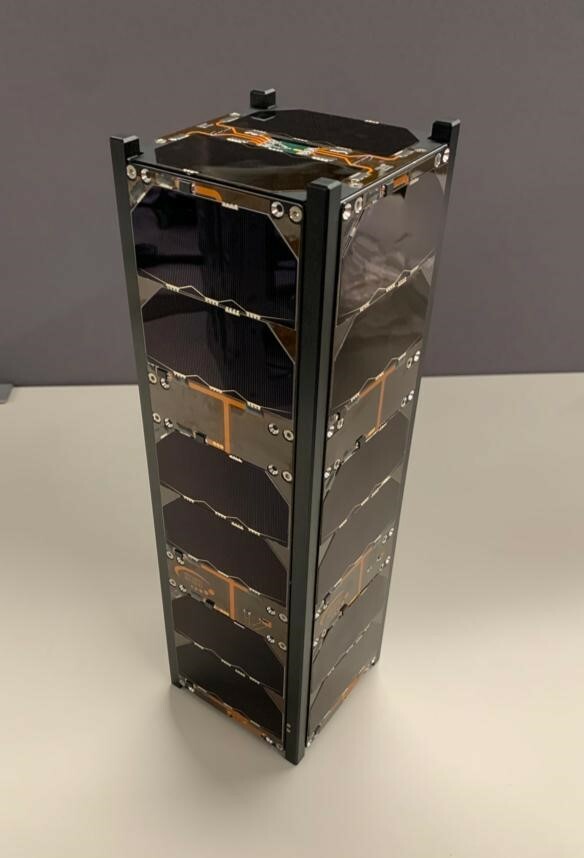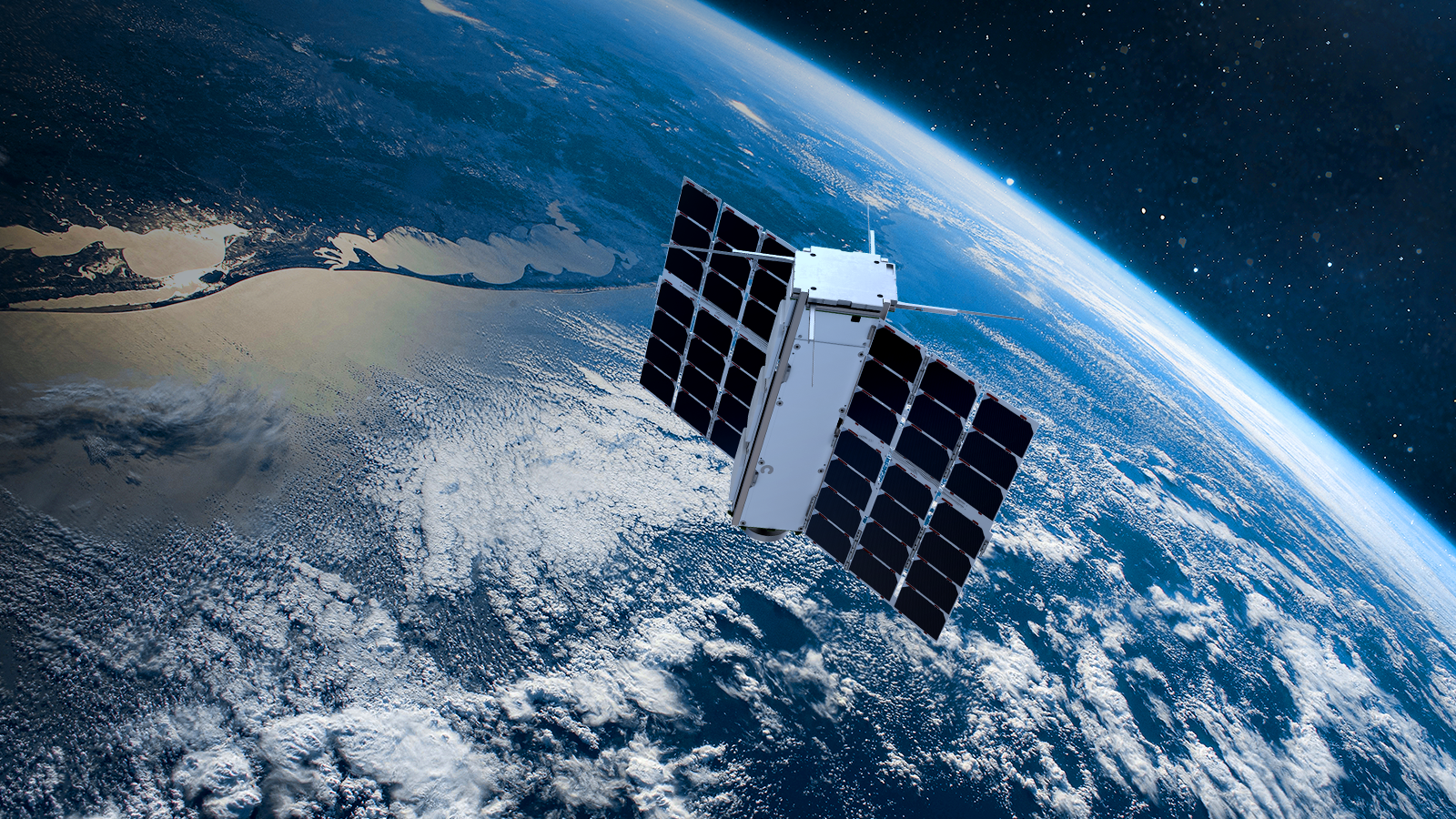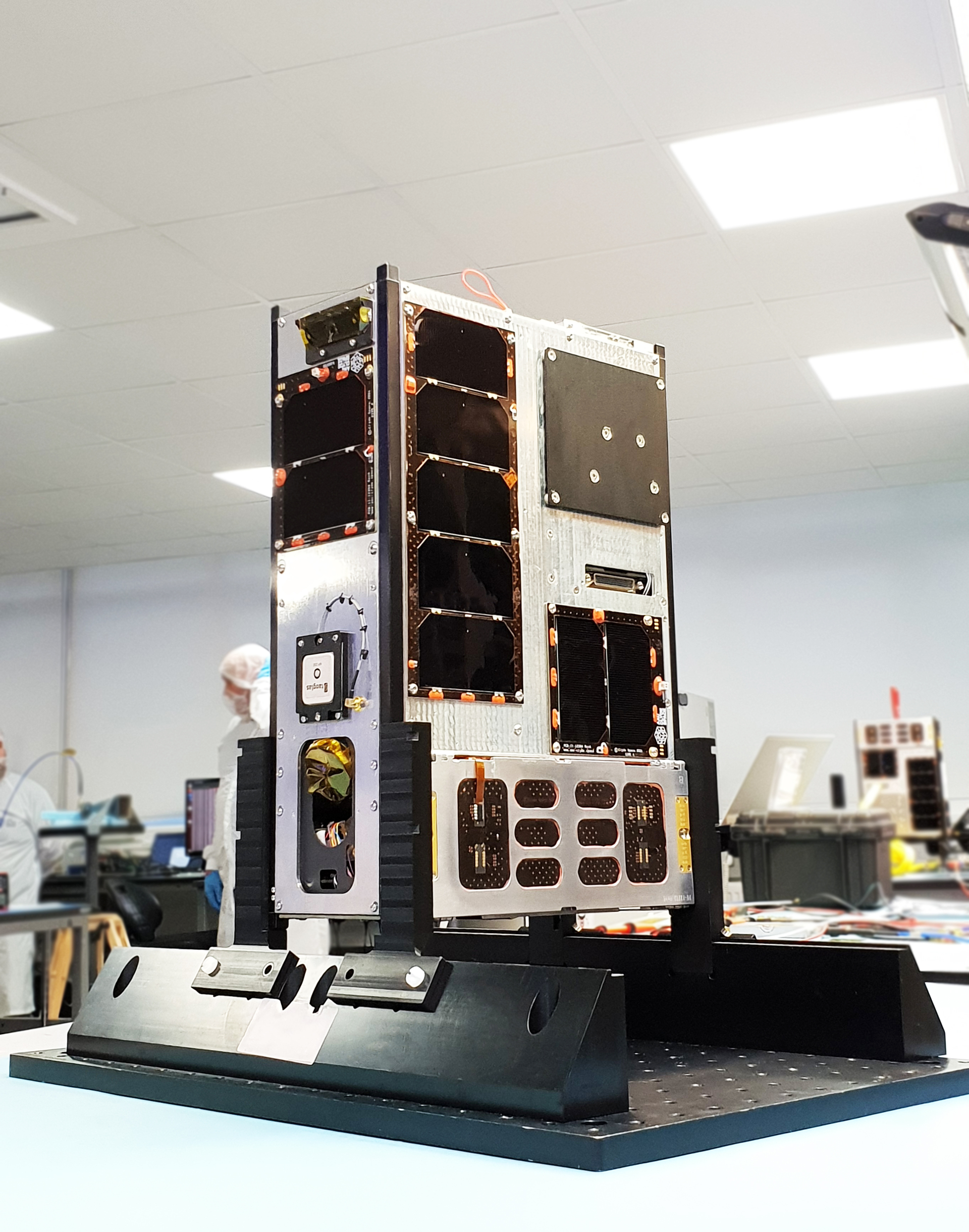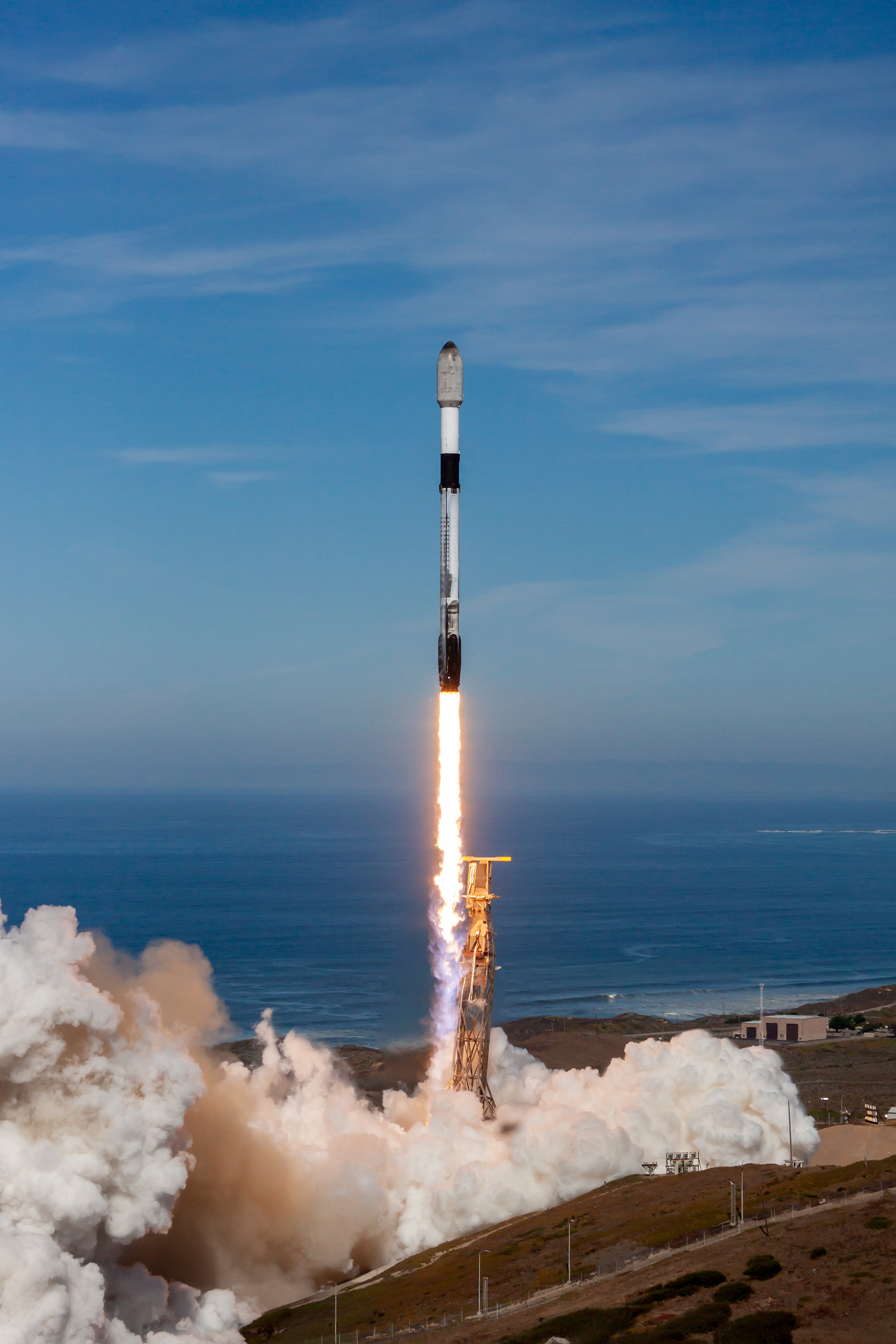Roadmap
PHASE 1 - COMMISSIONING
As soon as ION SCV Ultimate Hugo reaches orbit, our spacecraft operations engineers will establish a bidirectional communication channel and start the launch and early orbit phase (LEOP), neutralizing the rotation imparted by the launch vehicle during separation, correcting the attitude, testing the satellites' subsystems, and preparing for the next phases.
PHASE 2 - COMMERCIAL PHASE, HOSTED PAYLOAD DEMONSTRATION
Once concluded the commissioning phase, ION SCV Ultimate Hugo will start the commercial phase of the mission, which will consist in the deployment of the hosted satellites and the in-orbit demonstration of the third-party payloads hosted onboard.
Throughout the mission, ION SCV Ultimate Hugo will deploy satellites for several clients, including Spire, Cryptosat, Apogeo Space, Odyssey SpaceWorks, and three more satellite from KP Labs, Wyvern, and a partnership between Saab and ORBCOMM, through AAC Clyde Space. The OTV will also perform in-orbit demonstration of another hosted payloads from
KP Labs, as well as from Picosats and Genergo. Finally, onboard the OTV are also two 6P PocketQube satellite deployers by Alba Orbital, which will release in orbit six PocketQubes from different commercial and research entities.
In order to release the satellites into the precise operational orbital slots required by customers, ION SCV Ultimate Hugo will perform a series of complex orbital maneuvers.
PHASE 3 - DECOMMISSIONING
At the end of the mission, the platform will join the fleet of IONs already in orbit and operated by the company. At the end of its life, the spacecraft will be decommissioned in compliance with the Space Debris Mitigation guidelines. The pressure vessels will depleted from leftover fuel and oxidizer, the battery charging system will be deactivated, and the batteries will be completely discharged. The spacecraft, now inert, will enter a decommissioning trajectory that will bring it to burn up upon atmospheric re-entry within a few years.
Other missions
Wish Upon a Star, March 2025

Endless Sky, January 2025

Ascend, January 2025

Celestial Bliss, August 2024

Beyond, December 2023

Above the Sky, June 2023

Guardian, April 2023

Starfield, January 2023

Second Star to the Right, January 2023

Infinite Blue, May 2022

Spacelust, April 2022

Dashing Through The Stars, January 2022

Wild Ride, June 2021

Pulse, January 2021

Origin, September 2020







